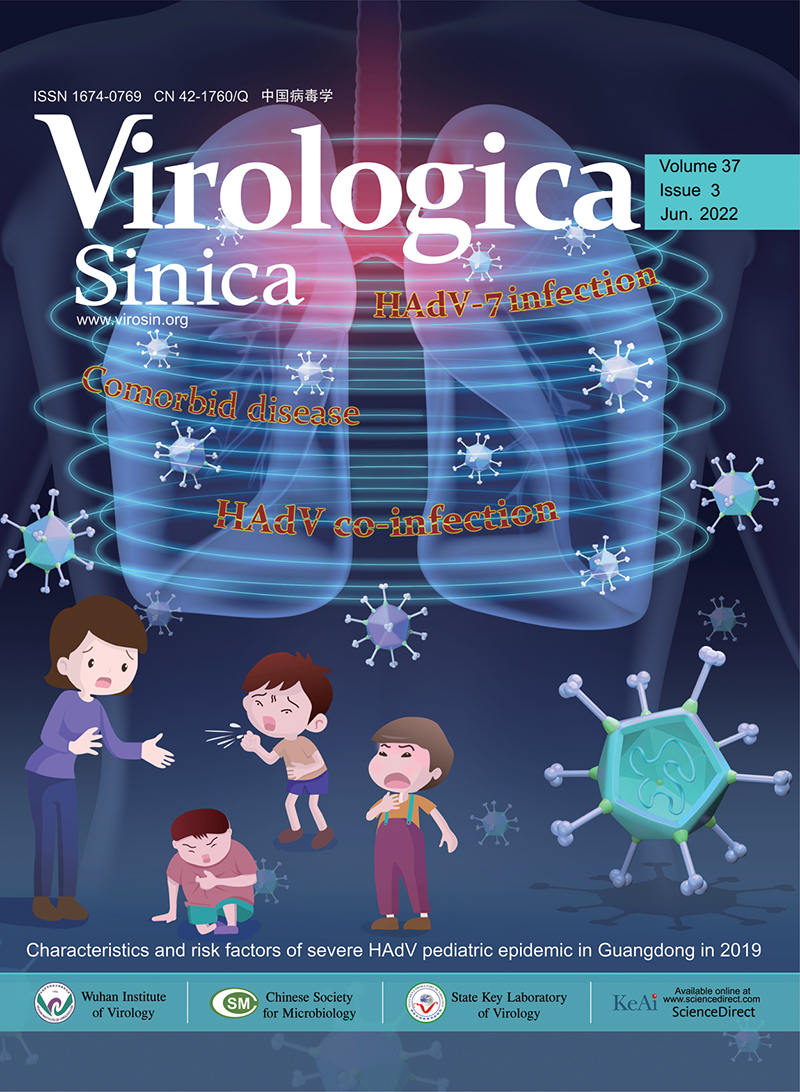-
Bauman, K.D., Li, J., Murata, K., Mantovani, S.M., Dahesh, S., Nizet, V., Luhavaya, H., Moore, B.S., 2019. Refactoring the cryptic streptophenazine biosynthetic gene cluster unites phenazine, polyketide, and nonribosomal peptide biochemistry. Cell Chem.Biol. 26, 724-736 e727.
-
Brown, K., Leggat, P.A., 2016. Human monkeypox:current state of knowledge and implications for the future. Trav. Med. Infect. Dis. 1, 8.
-
Critchlow, S.E., Jackson, S.P., 1998. DNA end-joining:from yeast to man. Trends Biochem. Sci. 23, 394-398.
-
DiCarlo, J.E., Norville, J.E., Mali, P., Rios, X., Aach, J., Church, G.M., 2013. Genome engineering in Saccharomyces cerevisiae using CRISPR-Cas systems. Nucleic Acids Res. 41, 4336-4343.
-
DiEuliis, D., Berger, K., Gronvall, G., 2017. Biosecurity implications for the synthesis of horsepox, an orthopoxvirus. Health Secur. 15, 629-637.
-
DiEuliis, D., Gronvall, G.K., 2018. A holistic assessment of the risks and benefits of the synthesis of horsepox virus. mSphere 3, e00074-18.
-
Furter-Graves, E.M., Hall, B.D., 1990. DNA sequence elements required for transcription initiation of the Schizosaccharomyces pombe ADH gene in Saccharomyces cerevisiae.Mol. Gen. Genet. 223, 407-416.
-
Gibson, D.G., Benders, G.A., Axelrod, K.C., Zaveri, J., Algire, M.A., Moodie, M., Montague, M.G., Venter, J.C., Smith, H.O., Hutchison 3rd, C.A., 2008. One-step assembly in yeast of 25 overlapping DNA fragments to form a complete synthetic Mycoplasma genitalium genome. Proc. Natl. Acad. Sci. U. S. A. 105, 20404-20409.
-
Hou, Z., Zhou, Z., Wang, Z., Xiao, G., 2016. Assembly of long DNA sequences using a new synthetic Escherichia coli-yeast shuttle vector. Virol. Sin. 31, 160-167.
-
Koblentz, G.D., 2017. The de novo synthesis of horsepox virus:implications for biosecurity and recommendations for preventing the reemergence of smallpox.Health Secur. 15, 620-628.
-
Koblentz, G.D., 2018. A critical analysis of the scientific and commercial rationales for the de novo synthesis of horsepox virus. mSphere 3, e00040-18.
-
Kouprina, N., Larionov, V., 2016. Transformation-associated recombination (TAR) cloning for genomics studies and synthetic biology. Chromosoma 125, 621-632.
-
Kuijpers, N.G., Solis-Escalante, D., Bosman, L., van den Broek, M., Pronk, J.T., Daran, J.M., Daran-Lapujade, P., 2013. A versatile, efficient strategy for assembly of multi-fragment expression vectors in Saccharomyces cerevisiae using 60 bp synthetic recombination sequences. Microb. Cell Factories 12, 47.
-
Kulesh, D.A., Baker, R.O., Loveless, B.M., Norwood, D., Zwiers, S.H., Mucker, E., Hartmann, C., Herrera, R., Miller, D., Christensen, D., Wasieloski Jr., L.P., Huggins, J., Jahrling, P.B., 2004. Smallpox and pan-orthopox virus detection by real-time 3'-minor groove binder TaqMan assays on the roche LightCycler and the Cepheid smart Cycler platforms. J. Clin. Microbiol. 42, 601-609.
-
Larionov, V., Kouprina, N., Nikolaishvili, N., Resnick, M.A., 1994. Recombination during transformation as a source of chimeric mammalian artificial chromosomes in yeast(YACs). Nucleic Acids Res. 22, 4154-4162.
-
Lewis, L.K., Resnick, M.A., 2000. Tying up loose ends:nonhomologous end-joining in Saccharomyces cerevisiae. Mutat. Res. 451, 71-89.
-
Li, Y., Zhao, H., Wilkins, K., Hughes, C., Damon, I.K., 2010. Real-time PCR assays for the specific detection of monkeypox virus West African and Congo Basin strain DNA.J. Virol. Methods 169, 223-227.
-
Ma, J.L., Kim, E.M., Haber, J.E., Lee, S.E., 2003. Yeast Mre11 and Rad1 proteins define a Ku-independent mechanism to repair double-strand breaks lacking overlapping end sequences. Mol. Cell Biol. 23, 8820-8828.
-
Miret, J.J., Pessoa-Brandao, L., Lahue, R.S., 1998. Orientation-dependent and sequencespecific expansions of CTG/CAG trinucleotide repeats in Saccharomyces cerevisiae.Proc. Natl. Acad. Sci. U. S. A. 95, 12438-12443.
-
Noskov, V.N., Koriabine, M., Solomon, G., Randolph, M., Barrett, J.C., Leem, S.H., Stubbs, L., Kouprina, N., Larionov, V., 2001. Defining the minimal length of sequence homology required for selective gene isolation by TAR cloning. Nucleic Acids Res. 29, E32.
-
Noskov, V.N., Kouprina, N., Leem, S.H., Ouspenski, I., Barrett, J.C., Larionov, V., 2003.A general cloning system to selectively isolate any eukaryotic or prokaryotic genomic region in yeast. BMC Genom. 4, 16.
-
Noyce, R.S., Lederman, S., Evans, D.H., 2018. Construction of an infectious horsepox virus vaccine from chemically synthesized DNA fragments. PLoS One 13, e0188453.
-
Paques, F., Haber, J.E., 1999. Multiple pathways of recombination induced by doublestrand breaks in Saccharomyces cerevisiae. Microbiol. Mol. Biol. Rev. 63, 349-404.
-
Shang, Y., Wang, M., Xiao, G., Wang, X., Hou, D., Pan, K., Liu, S., Li, J., Wang, J., Arif, B.M., Vlak, J.M., Chen, X., Wang, H., Deng, F., Hu, Z., 2017. Construction and rescue of a functional synthetic baculovirus. ACS Synth. Biol. 6, 1393-1402.
-
Thi Nhu Thao, T., Labroussaa, F., Ebert, N., V'Kovski, P., Stalder, H., Portmann, J., Kelly, J., Steiner, S., Holwerda, M., Kratzel, A., Gultom, M., Schmied, K., Laloli, L., Husser, L., Wider, M., Pfaender, S., Hirt, D., Cippa, V., Crespo-Pomar, S., Schroder, S., Muth, D., Niemeyer, D., Corman, V.M., Muller, M.A., Drosten, C., Dijkman, R., Jores, J., Thiel, V., 2020. Rapid reconstruction of SARS-CoV-2 using a synthetic genomics platform. Nature 582, 561-565.
-
Vrančić, M., Gregorić, S., Paravić Radičević, A., Gjuračić, K., 2008. Mammalian genome recombineering:yeast, still a helper microorganism of choice? Food Technol.Biotechnol. 46, 237-251.
-
Wild, J., Szybalski, W., 2004. Copy-control tightly regulated expression vectors based on pBAC/oriV. Methods Mol. Biol. 267, 155-167.















 DownLoad:
DownLoad: